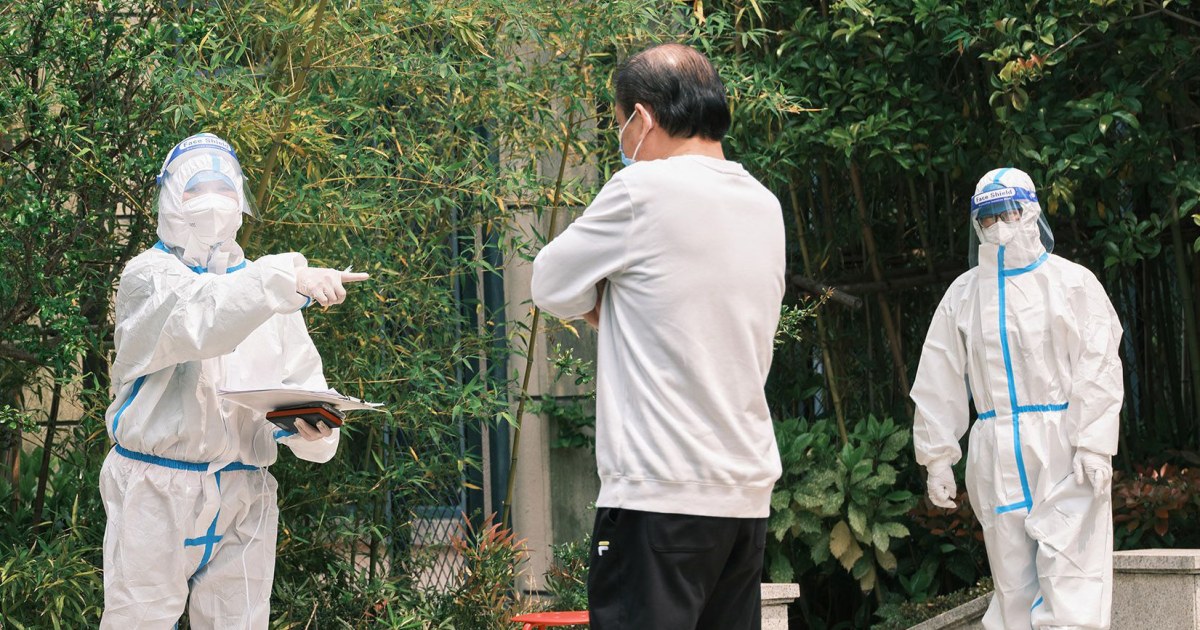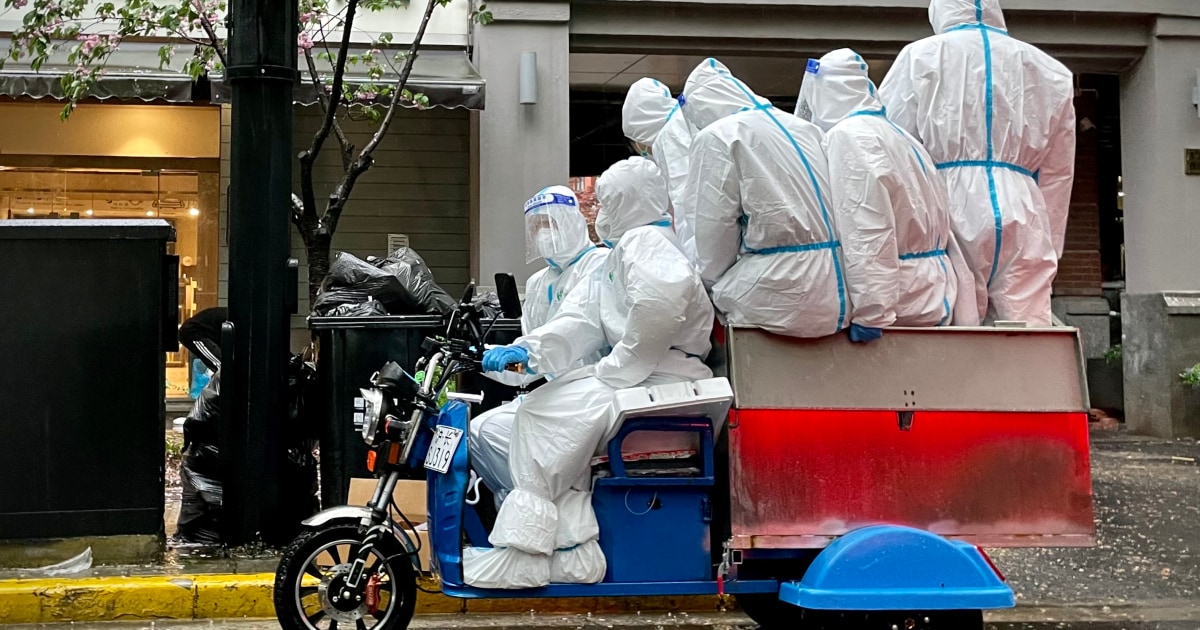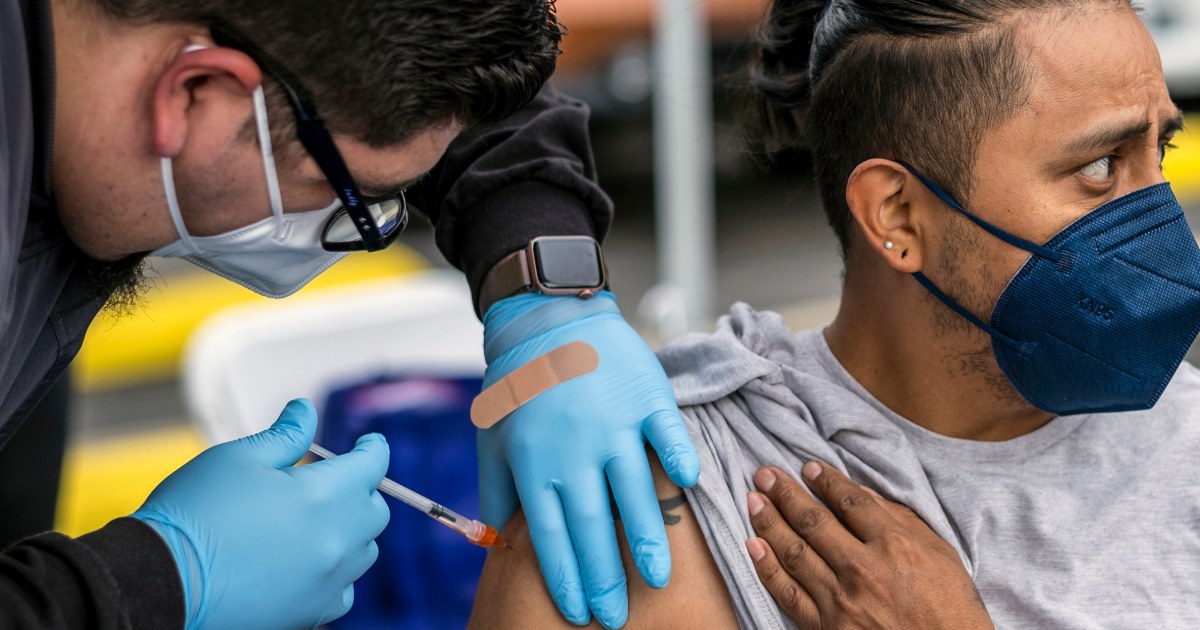‘loans’ fill wheelchair gap for low-income adults
DENVER – Michele Lujan needed a wheelchair for her 52-year-old husband, who was hospitalized with Covid-19. But she lost her job and money was tight. Insurance won’t cover the cost, and she doesn’t see the point of buying something to meet a temporary need. So she turned to a loaner locker not far from her home in the Denver suburb of Highlands Ranch.
In South Metro medical equipment loan cabinet, crutches hanging from the wall, floor-mounted knee sledges, shower chairs and toilet seats spilled from shelves. She found a wheelchair she could borrow for free.
“I didn’t recognize all the other medical items they had,” says Lujan.
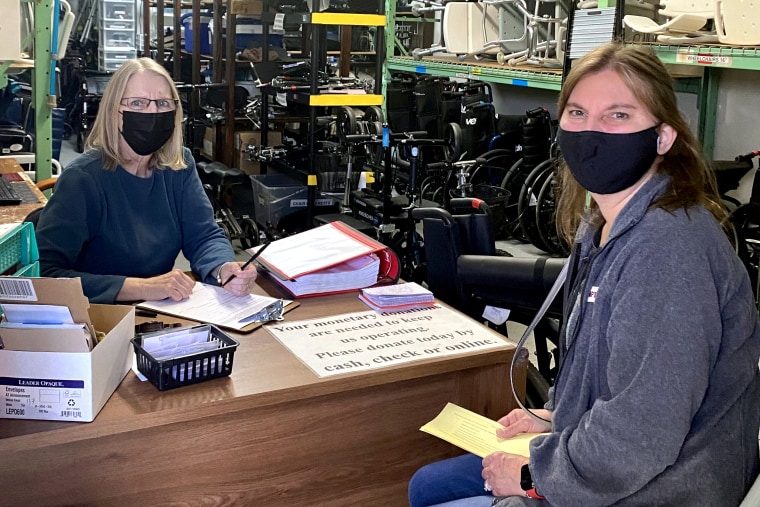
Medical device reuse programs like these collect, clean, and lend the device – the borrower is usually free. They range in size from small outposts at community churches to large statewide programs like Platform for recovery equipment and assetsor FREE, delivered nearly 5,000 devices to thousands of low-income adults and seniors in Virginia last year.
Such programs save money for low-income and uninsured patients, and by refurbishing used medical equipment, they don’t leave them in landfills. During the pandemic, the programs have also helped soften the impact of supply-chain-related shortages and are helping to meet growing demand as delayed elective surgeries resume.
Full coverage of the Covid-19 pandemic
“Once hospitals restart elective surgeries, demand,” said Donna Ralston, who founded South Metro Medical Equipment Loan Closet six years ago in a 10-foot home at her church. will increase a lot.
Today, the volunteer-run organization opens its warehouse by appointment to anyone in need and recovering from surgery, illness or injury. The organization’s president, Pat Benhmida, said: “Typically, we lend the device to patients who would have to wait two months to receive it from their insurance provider. “We fill these cracks quite often.”
Besides insurance delays, hospitals across the US have reported not having enough walkers, crutches, canes and wheelchairs. Supply is limited due to lack of raw materials such as aluminum, Alok Bavejaa professor of supply chain management at Rutgers Business School in New Jersey.
“Availability, not just cost, has an impact on the durable medical device industry,” says Baveja.
The crisis could be made worse by disruptions due to Russia’s invasion of Ukraine, said Colin Milligan, a spokesman for the American Hospital Association.
Aluminum prices have more than doubled in the past two years, including more than 20 percent in the past six months on London Metal Exchange. A bill passed by Congress on Thursday to suspend normal trade relations with Russia would allow President Joe Biden to raise tariffs on aluminum and other imports from that country, boosting aluminum prices. more.
Baveja said a key point of the pandemic is that reusable medical equipment has been accepted and used more.

Robin Ramsey, executive director of FREE, said last September and again in January, hospitals in southwestern Virginia delayed patient discharges because of a lack of walkers and hospital beds, and they encountered a backlog of patients in the emergency room because of a shortage of hospital beds. non-profit organization.
Ramsey says that for weeks, FREE was the only supplier with a walker and walker bed available. “During the shortage, we found that even people with insurance, who might have bought a walker, couldn’t find one,” Ramsey said.
Each state receives money to provide technology to assist people with disabilities as part of the federal government Assistive Technologies Act 1998. That could include reusable technology and equipment. Reuse programs rely on donations of cash and equipment, and often an army of volunteers inspect, clean, and repair wheels, brakes, wheels, batteries, and other parts.
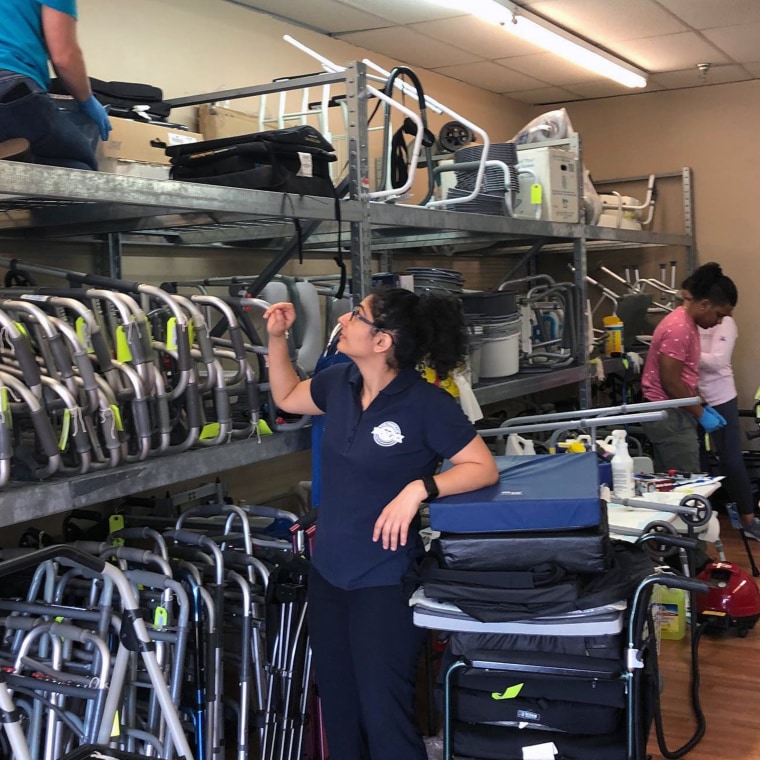
For FREE, more than 100 volunteers and 12 employees last year received 10,000 donated and 6,500 refurbished devices to put them back into service, Ramsey said.
Elliot Sloyer, founder of the nonprofit Wheel It Forward in Stamford, Connecticut, says patients and their families often spend their own money on durable medical equipment, especially with insurance plans. High deductible health insurance. “Medicare, insurance doesn’t cover a lot of things. They make things difficult,” he said.
Ramsey said that medical device reuse programs bring substantial, practical value to the community. However, she says, some people don’t know these programs exist until they need them.
Regional directory such as Great Lakes Loan Cabinet lists reuse programs in Michigan, Wisconsin, northern Indiana, and northern Illinois. Wheel It Forward plans to roll out its first nationwide portfolio of about 700 medical device reuse programs.
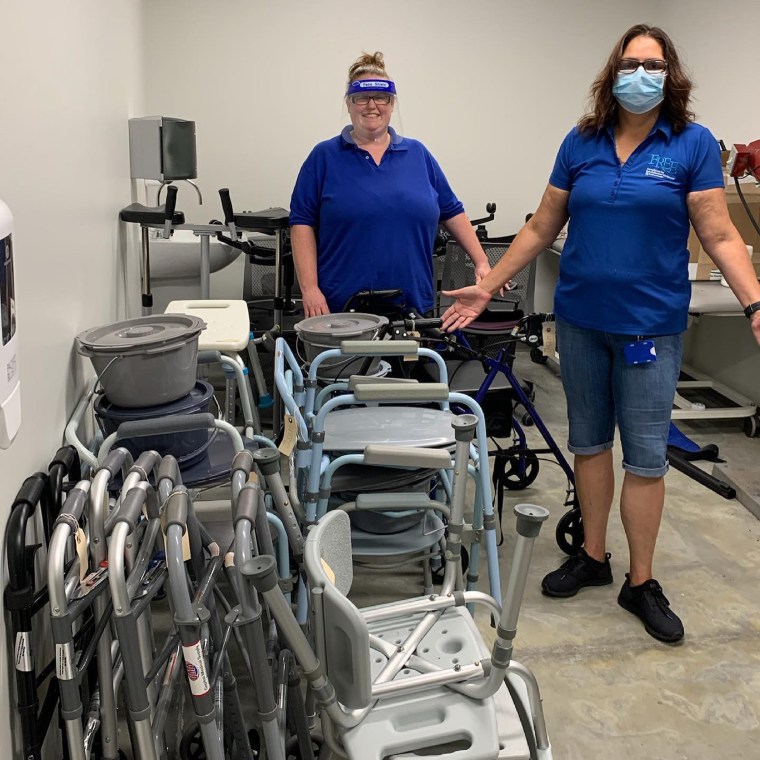
For now, reuse programs like FREE will continue to stock and repair donated medical devices.
“There are times, especially with all that have happened in the last two years, when gear comes and goes during the day,” says Ramsey. “The demand has been huge.”
Follow NBC HEALTH above Twitter & Facebook.
at Blogtuan.info – Source: nbcnews.com – Read the original article here
